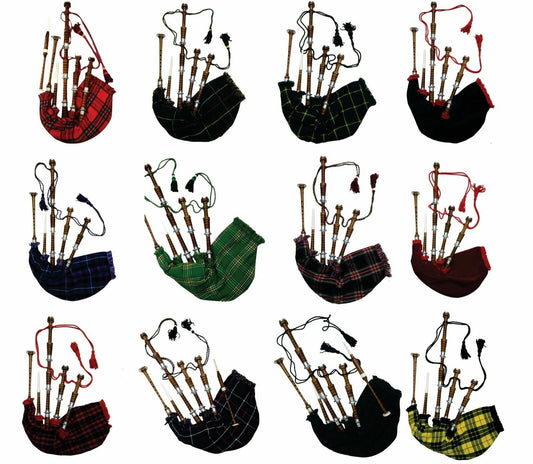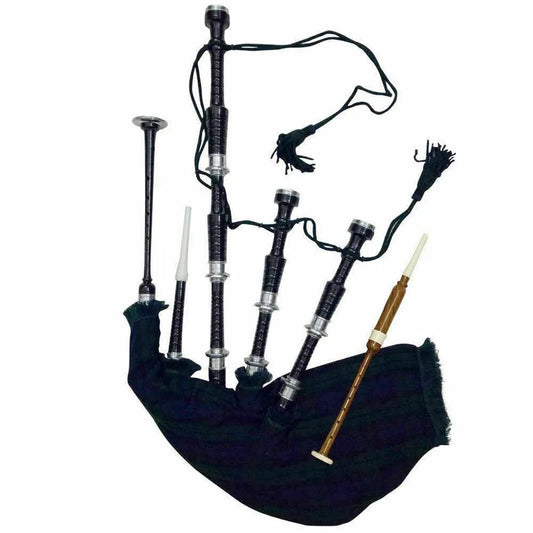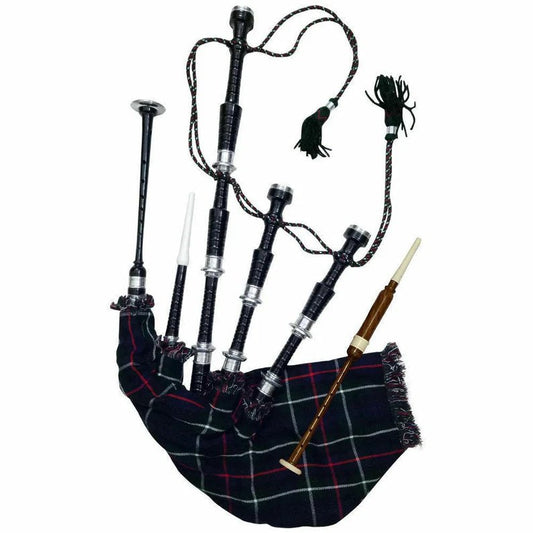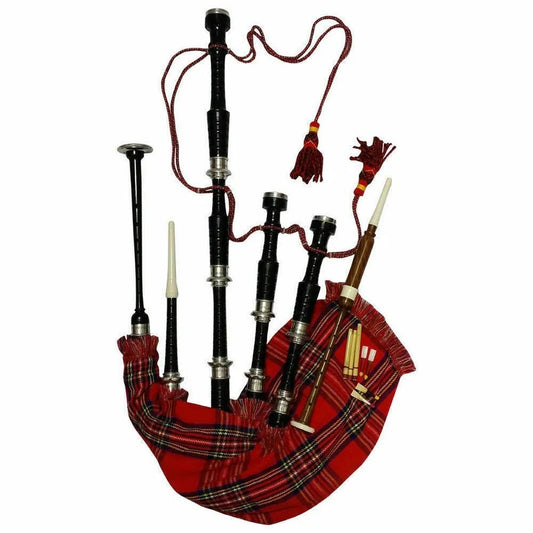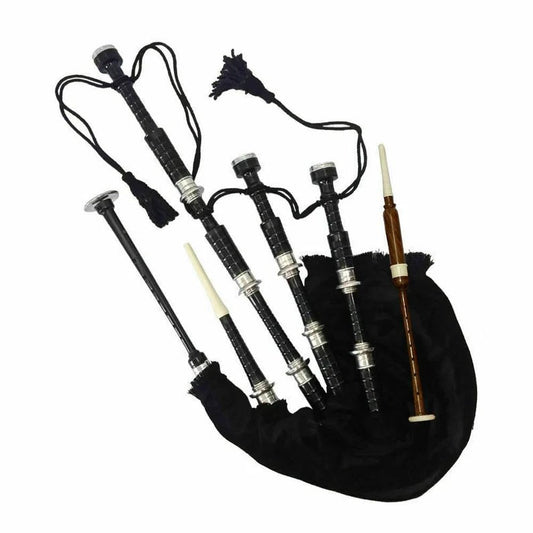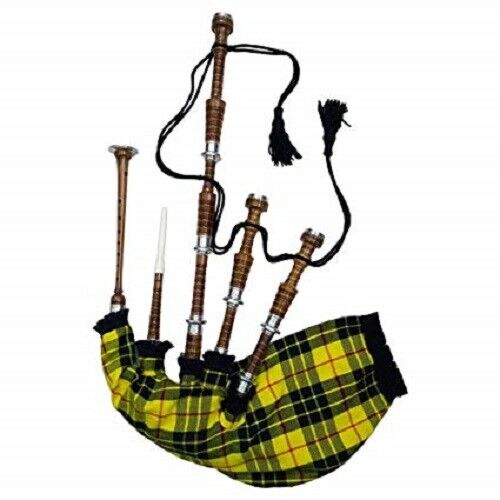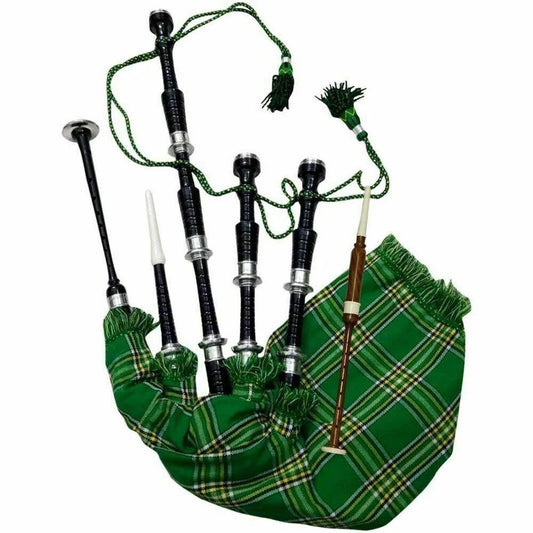-
Scottish Highland Great Bagpipe
Regular price $165.00 CADRegular priceUnit price / per$178.00 CADSale price $165.00 CADSale -
Scottish Bagpipe For Beginners
Regular price $165.00 CADRegular priceUnit price / per$178.00 CADSale price $165.00 CADSale -
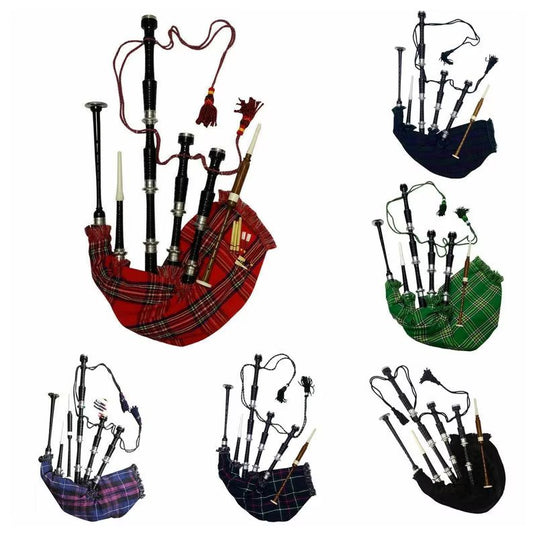 Sale
SaleScottish Bagpipe
Regular price $165.00 CADRegular priceUnit price / per$178.00 CADSale price $165.00 CADSale -
New Scottish Bagpipe For Sale
Regular price $165.00 CADRegular priceUnit price / per$178.00 CADSale price $165.00 CADSale -
Learning Bagpipe for the Beginner pipers & drummers
Regular price $165.00 CADRegular priceUnit price / per$178.00 CADSale price $165.00 CADSale -
Highland Traditional Bagpipe For Sale
Regular price $165.00 CADRegular priceUnit price / per$178.00 CADSale price $165.00 CADSale -
Highland Bagpipe For Sale
Regular price $165.00 CADRegular priceUnit price / per$178.00 CADSale price $165.00 CADSale -
Great Bagpipe For Sale
Regular price $165.00 CADRegular priceUnit price / per$178.00 CADSale price $165.00 CADSale -
"Bagpipes for Beginners: Getting Started with this Iconic Instrument"
Regular price $165.00 CADRegular priceUnit price / per$178.00 CADSale price $165.00 CADSale -
"Essential Bagpipe Gear for Beginner Pipers and Drummers: Get Started on Your Musical Journey Today!"
Regular price $165.00 CADRegular priceUnit price / per$178.00 CADSale price $165.00 CADSale
Collection: Bagpipes
Bagpipes: The Soulful Sound of Scottish Tradition
Introduction: Bagpipes are iconic musical instruments that hold a central place in Scottish culture and tradition. Known for their distinctive sound and timeless appeal, bagpipes have been played for centuries, accompanying Highland gatherings, celebrations, and ceremonies. In this guide, we'll explore the origins, components, playing techniques, significance, and cultural impact of bagpipes in Scotland and beyond.
Origins and Evolution: Ancient Roots The origins of the bagpipes can be traced back to ancient civilizations, with evidence of similar instruments found in various cultures around the world. The modern Scottish bagpipes are believed to have evolved from similar instruments introduced to Scotland by ancient Roman and Celtic settlers.
Development in Scotland The bagpipes became firmly established in Scottish culture during the Middle Ages, evolving into the distinct instrument known today. They were initially used for both military and civilian purposes, providing music for gatherings, dances, and ceremonies, as well as serving as a rallying call for troops in battle.
Components of Bagpipes: Chanter The chanter is the melody pipe of the bagpipes, featuring finger holes that the player uses to produce individual notes and melodies. It is typically played with both hands while the player's mouth blows air into the bag to maintain constant pressure.
Drones Drones are the long pipes that extend from the bag and produce a continuous harmonic background to the melody played on the chanter. Scottish bagpipes typically have three drones: one bass drone and two tenor drones, each tuned to a specific pitch to complement the melody.
Bag The bag is the airtight reservoir that holds the air blown by the player and provides constant pressure for the instrument to produce sound. It is usually made from leather or synthetic materials and is inflated by the player using a blowpipe.
Playing Techniques: Continuous Blowing Playing the bagpipes requires continuous blowing into the bag to maintain pressure while simultaneously fingering the chanter to produce melodies and rhythms. This requires stamina, breath control, and coordination to produce a steady and consistent sound.
Embellishments Bagpipe music often incorporates embellishments such as grace notes, strikes, and birls, which add ornamentation and complexity to the melodies. These embellishments are characteristic of traditional Scottish bagpipe music and are used to enhance the rhythm and expression of the music.
Significance and Cultural Impact: Cultural Symbol Bagpipes are deeply ingrained in Scottish culture and are often regarded as symbols of Scottish identity and heritage. They are closely associated with Highland traditions, clan gatherings, military ceremonies, and national events such as Hogmanay and Burns Night.
Emotional Resonance The soulful sound of the bagpipes evokes a range of emotions, from stirring patriotism to somber reflection. Bagpipe music is often played at significant life events such as weddings, funerals, and memorials, where it adds a poignant and memorable soundtrack to the occasion.
Global Influence: International Appeal The evocative sound of the bagpipes has captured the imagination of people around the world, leading to the instrument's popularity beyond Scotland. Bagpipe bands and performers can be found in countries across the globe, from North America and Europe to Asia and Oceania.
Cross-Cultural Collaboration Bagpipes have been embraced in diverse musical genres, from traditional folk and classical music to rock, jazz, and even electronic dance music. Collaborations between bagpipers and musicians from other cultures have led to innovative fusions and new interpretations of bagpipe music.
Conclusion: Bagpipes are more than just musical instruments; they are symbols of Scottish heritage, tradition, and cultural pride. With their stirring melodies, emotional resonance, and timeless appeal, bagpipes continue to captivate audiences and inspire musicians worldwide. Whether played at Highland gatherings, military ceremonies, or international stages, the soulful sound of the bagpipes remains a powerful and enduring expression of Scottish culture and identity.

